1. Treehouses
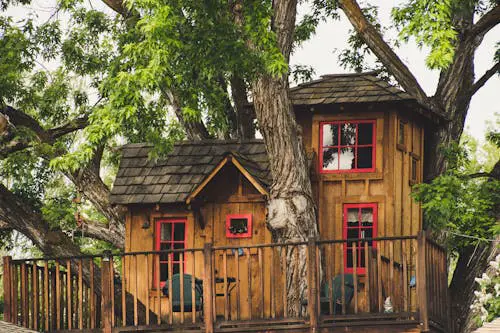
Treehouses conjure childhood fantasies and the thrill of being perched among the leaves. They often feature ladders or rope bridges, giving them an adventurous, whimsical vibe. From the outside, they look like cozy nooks made for reading or sipping hot cocoa with someone special. But when it rains, the combination of thin walls, exposed wood, and high elevation can turn your romantic escape into a damp, creaky experience.
Leaks are more common than you’d think, and the roof angles aren’t always perfect for heavy rainfall. Rain can also make wooden surfaces slippery, turning a casual stroll across the platform into a hazardous adventure. You might find yourself huddled in a small corner, trying not to slip while water drips from the eaves. Plus, the charming sounds of rain on leaves can quickly turn into a steady, soaking downpour you can’t escape.
2. Houseboats
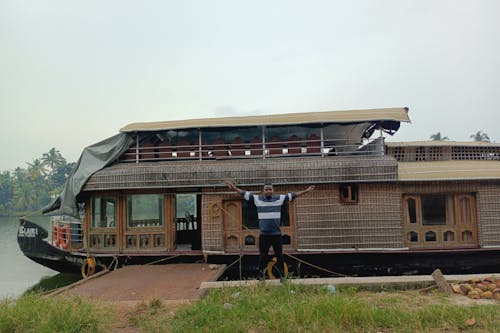
Floating on water is undeniably dreamy. You can wake up to a sunrise over the water and drift gently as you sip morning coffee. Some houseboats are beautifully designed with decks and cozy interiors, perfect for a couple looking to escape city life. But when the skies open up, sudden rainstorms can make every surface slick, and water can seep in through poorly sealed edges.
The rocking motion becomes more unsettling during heavy rain, especially if the boat isn’t securely moored. Small leaks can cause indoor puddles, turning what seemed like a romantic getaway into a soggy cleanup project. Electrical appliances can also be at risk if water manages to get inside. And don’t forget the challenge of laundry or drying clothes—everything stays damp for days.
3. Yurts
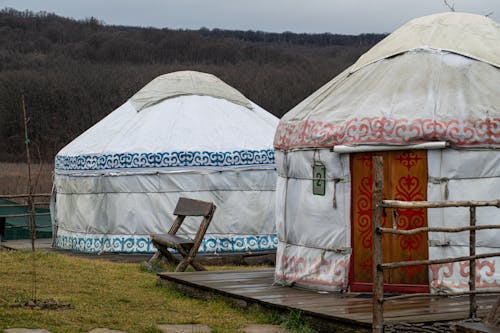
Yurts offer a round, cozy shelter that feels like stepping back in time to an ancient nomadic lifestyle. They’re popular for glamping, and the circular interior fosters an intimate, communal vibe. A wood stove or lanterns inside add a storybook charm. But the canvas walls that give yurts their character also make them susceptible to leaks.
Rain tends to run down the sides and sometimes pools along the bottom edges if the ground isn’t perfectly level. Heavy storms can make the interior feel soggy, and even with waterproofing, condensation can form inside. A soaked floor or damp bedding can quickly ruin the magic. And the wind hitting the circular walls can turn into a constant, shivering draft.
4. Geodesic Domes
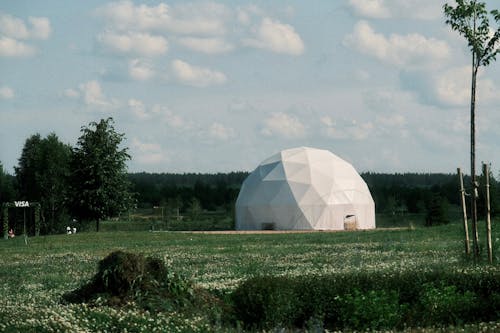
Domes look futuristic and feel exclusive, like a private planet. They offer panoramic views and a sense of adventure without completely leaving modern comforts behind. Many are set up in scenic locations, perfect for stargazing at night. But when it rains, the curved panels can collect water in unexpected spots, and sound travels strangely inside, amplifying every drip and splash.
Condensation on the interior walls can make the floor slippery and the air feel humid. If your dome relies on fabric panels for insulation, these can saturate and start to smell musty. Domes on elevated platforms might have gaps where rain sneaks in, especially around doors. And when thunderstorms hit, the echoing patter can feel more like a percussion concert than romance.
5. Tiny Houses
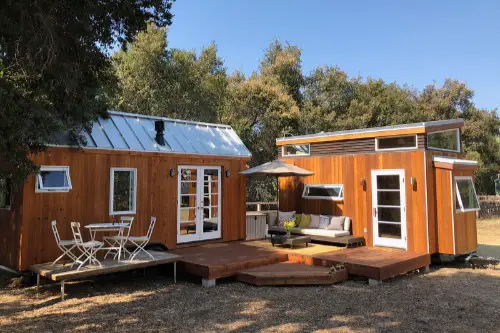
Tiny houses are charmingly minimalist, emphasizing clever use of space and often rustic design. They can feel like a mobile home with heart, perfect for weekend getaways. Large windows can make you feel close to nature without leaving your cozy bed. But when the rain is heavy, these small spaces become even smaller, and poor drainage or leaks are amplified.
Roof overhangs are often short, so water can drip down right near entrances or onto decks. Some tiny houses are built on trailers, which can tilt or shift slightly in a storm. Moisture buildup inside can cause mustiness quickly in such a confined area. And ventilation is tricky—open windows can let in rain, while closed windows trap humid air.
6. Cabins in the Woods
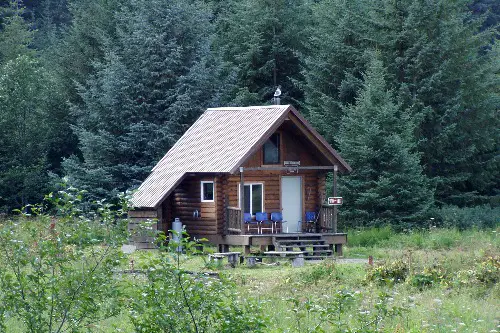
Wood cabins feel like quintessential getaways, complete with crackling fireplaces and wildlife nearby. They offer privacy and the kind of scenic beauty that makes for perfect Instagram photos. Many have rustic charm, with wooden beams, exposed stone, and hand-crafted furniture. But rain can turn the surrounding paths into mud slides, and older cabins may have roof or window leaks.
Water pooling around the foundation can seep inside if gutters are neglected. The scent of wet wood is charming until it becomes overpowering in a small, unventilated space. Outdoor fire pits can be rendered useless by rain, and even small porches get soaked. Navigating a muddy path to fetch firewood or groceries can turn “romantic retreat” into a slippery adventure.
7. Glass Igloos
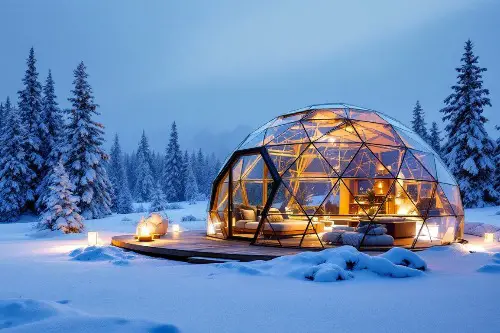
Glass igloos are perfect for star-gazing and northern lights viewing. The clear dome gives a surreal sense of sleeping under the sky without leaving warmth behind. They’re sleek, modern, and undeniably Instagrammable. But when rain hits, the illusion of transparency is lost as water streaks distort the view, and condensation can fog up the interior.
The constant sound of rain on the curved surface can be relaxing—or painfully loud if it’s a storm. Temperature regulation can be tricky, as glass walls trap heat or cold depending on the season. Moisture can collect along seals, potentially leaking into bedding areas. And if the rain is combined with strong wind, the structure can feel less like a cozy igloo and more like a wet, rattling bubble.
8. Teepees
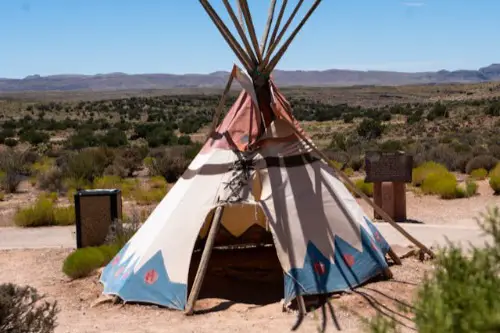
Teepees are iconic for camping with a sense of history and novelty. They’re lightweight, easy to set up, and give that “back-to-nature” feeling many people crave. Fire pits and blankets can make the inside feel intimate and snug. But canvas tents are far from watertight, and rain often finds its way through seams or worn areas.
The conical shape can funnel water to the edges, soaking the ground beneath. Venting holes at the top may allow drips to fall inside. Ground tarps can shift, creating wet patches in sleeping areas. And a thunderstorm outside makes every raindrop sound amplified and ominous, rather than soothing.
9. A-Frame Cabins
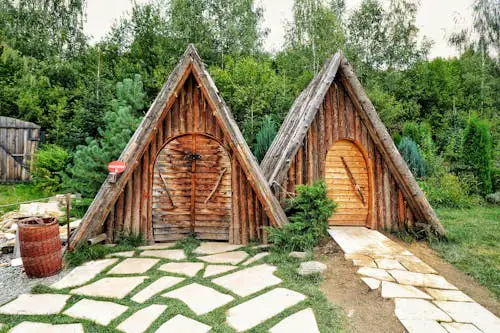
A-frames are visually striking with their steep triangular roofs and rustic charm. They feel cozy, often with loft spaces perfect for snuggling. The sloped roof helps shed snow and light rain, making them seemingly ideal for a rainy day getaway. However, heavy storms can highlight weak points around windows, doors, and the roof’s base.
Water can infiltrate poorly sealed joints, creating wet spots along floors and furniture. The steep interior walls leave little space to escape the rain if it leaks. Some A-frames are built on stilts or uneven ground, amplifying drafts and moisture intrusion. And those picture-perfect panoramic windows can become streaky, blocking the dreamy views you imagined.
10. Floating Bubble Tents
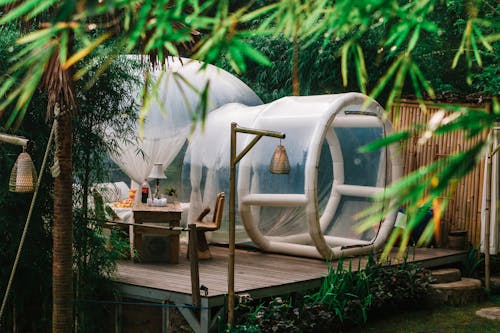
Transparent bubble tents make you feel like you’re camping inside a giant snow globe. You can gaze at the sky and surrounding scenery while feeling protected. They’re playful, romantic, and unusual. But these tents rely on continuous inflation, which means leaks or heavy rain can compromise the structure.
Water pooling on top or around the base can cause sagging or sudden collapses. The thin plastic walls trap humidity, making the inside feel like a sauna during rain. Sharp sticks or debris blown in by wind can puncture the surface. And without adequate ventilation, condensation can fog up your view completely.
11. Caves or Rock Huts

Caves offer a raw, primitive connection to nature. Rock formations naturally insulate and provide dramatic shelter. Many are romantic for their mystery and sense of adventure. But rainwater can seep in through cracks or from above, creating unexpected drips and slippery floors.
Mossy surfaces turn slick, making exploration hazardous. Uneven ground can pool water inside, and the dark interiors become damp quickly. Ventilation is often poor, so humidity builds up. And a sudden downpour can make outside approaches muddy and treacherous.
12. House Tents on Cliffs
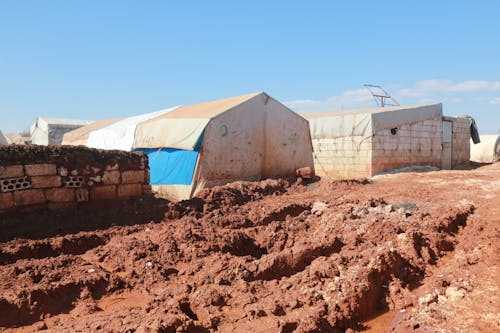
High-altitude tents on cliffs offer jaw-dropping views and the thrill of hanging above a valley. They feel like extreme luxury camping and are undeniably photogenic. The swaying of the tent in the wind adds an adventurous vibe. But rain and wind can turn them into nerve-wracking experiences.
The platform can get slippery, and water can run beneath the tent, pooling inside. Exposure to elements makes warmth and comfort harder to maintain. Any unsecured belongings risk being blown away or soaked. Even minor rain can escalate anxiety for anyone who isn’t steady on their feet.
13. Converted Trains or Rail Cars
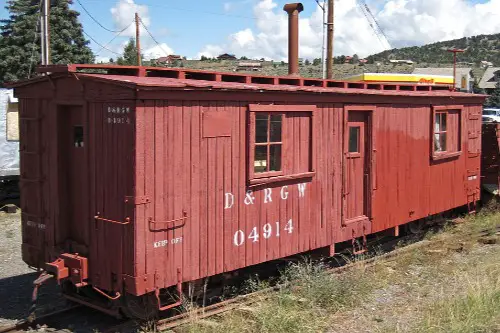
Old trains converted into homes or rentals are quirky and full of character. They offer a mix of nostalgia, charm, and compact coziness. You feel like you’re on an endless adventure while stationary. But rain can highlight the shortcomings of retrofitting, especially with leaky windows or roof seams.
Tracks or supports can accumulate water, creating damp floors inside. Noise from rain on metal roofs can be louder than anticipated. Ventilation might be limited, making humidity an issue. And if plumbing isn’t modernized, showers and sinks can become tricky to use when it’s pouring outside.
This post 13 Alternative Housing Options That Sound Romantic—Until It Rains was first published on Greenhouse Black.
